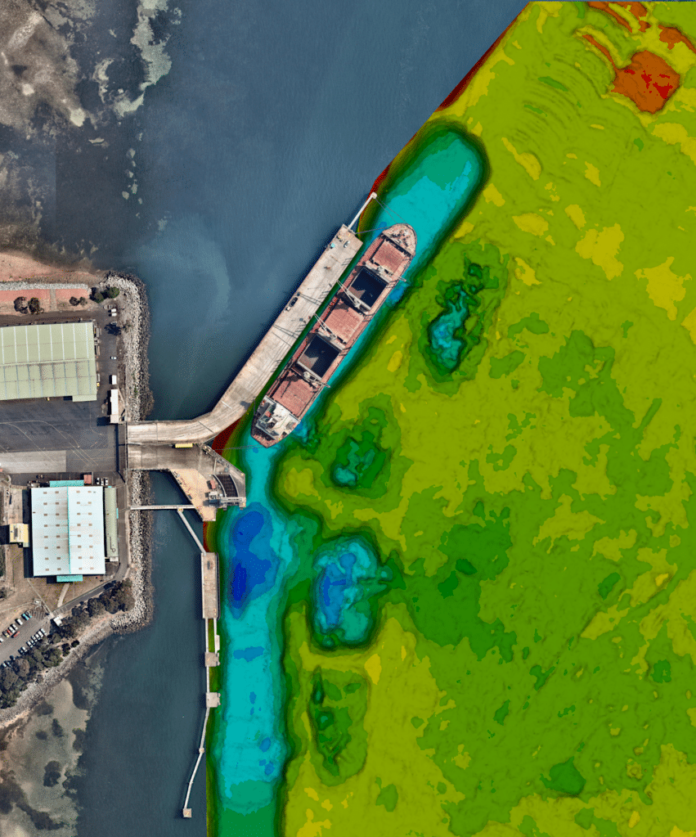One of the primary roles of a safety leader is identifying, assessing, and mitigating workplace hazard detection. Whether it’s an apparent occupational hazard or more implicit safety hazards, safety leaders must do all they can to protect their people on the worksite.
A safety hazard is any potential risk on the worksite that could cause a person harm. There are several types of hazards in the workplace, regardless of industry, and it’s essential to identify and recognize them all.
Mitigating and eliminating hazards on the worksite is a priority for all health and safety professionals, as they have to create a safe working environment for team members. This includes implementing a proper process for hazard assessments and hazard detection. Ready to dive in?
Step 1: Collect Existing Information About Workplace Hazards
The first step to mitigating workplace hazards is to gather information about those that already exist on-site. This can be done in a multitude of ways, including looking at hazards recorded in previous hazard assessments and inspections, analyzing job hazard analysis, speaking to front-line workers and team members about risks on-site, in addition to taking a deep dive into your Total Recordable Injury Frequency (TRIF), Total Recordable Incident Rate (TRIR) and Days Away, Restricted or Transferred (DART) rates over time.
Step 2: Inspect the Workplace for Safety Hazards
Next, inspect your workplace for possible hazard detection that may appear after a specific time has passed. For instance, new hazards can arise when procedures change, new tools are used, or altered job tasks.
This is most certainly a team effort as all sites and locations need to be inspected for all types of health and safety hazards. Create a streamlined list and let your colleagues know what to look for, such as hazards related to slips, trips, and falls, general housekeeping, and ergonomic issues, to name a few. Record all notable elements and start considering corrective actions that can be applied to mitigate risks.
Step 3: Identify Health-Related Hazards
After collecting information and inspecting your workplace, it’s time to identify health hazards. These can be more difficult to single out as they may be invisible to the naked eye, such as the ever-present COVID-19 virus. Another element that makes this hard to identify is some hazards have immediate risks, whereas others take time to appear.
Remember to be aware of any preexisting medical conditions team members may have when assessing on-site health-related risks. If you find a front-line worker with back problems, be wary of asking them to lift heavy objects.
Step 4: Conduct Incident Investigations
Now, it’s time to conduct incident investigations. This involves analyzing all incidents which have already occurred on-site and could potentially occur, ranging from near misses to actual injuries. The goal here is to establish the source or root causes of the incident and keep an open mind that several factors could be at play.
Create a proper procedure to help pinpoint an occupational hazard, involving selected team members who conduct such investigations, recording all elements related to the incident.
Once everything has been analyzed, team members can take the proper measures to ensure this doesn’t happen again.
Step 5: Identify Hazards Associated with Emergency Situations
The final step to efficiently identify and assess workplace hazards is hazard detection which may not always occur daily but may only arise during an emergency. For instance, what will happen if you have a COVID-19 outbreak on-site? Health and safety professionals have had to consider when modifying their health and safety programs and implementing new protocols.
In this step, consider scenarios that may be unlikely but could still happen. This includes an illness outbreak like COVID-19, a fire, an explosion, natural disasters, chemical spills, etc. If you have learned anything, you must plan for the unexpected to efficiently protect your people.
Hazard detection and assess workplace hazards, collect and gather the necessary data and information, and work to put the proper systems and procedures in place to create a safer work environment.


















